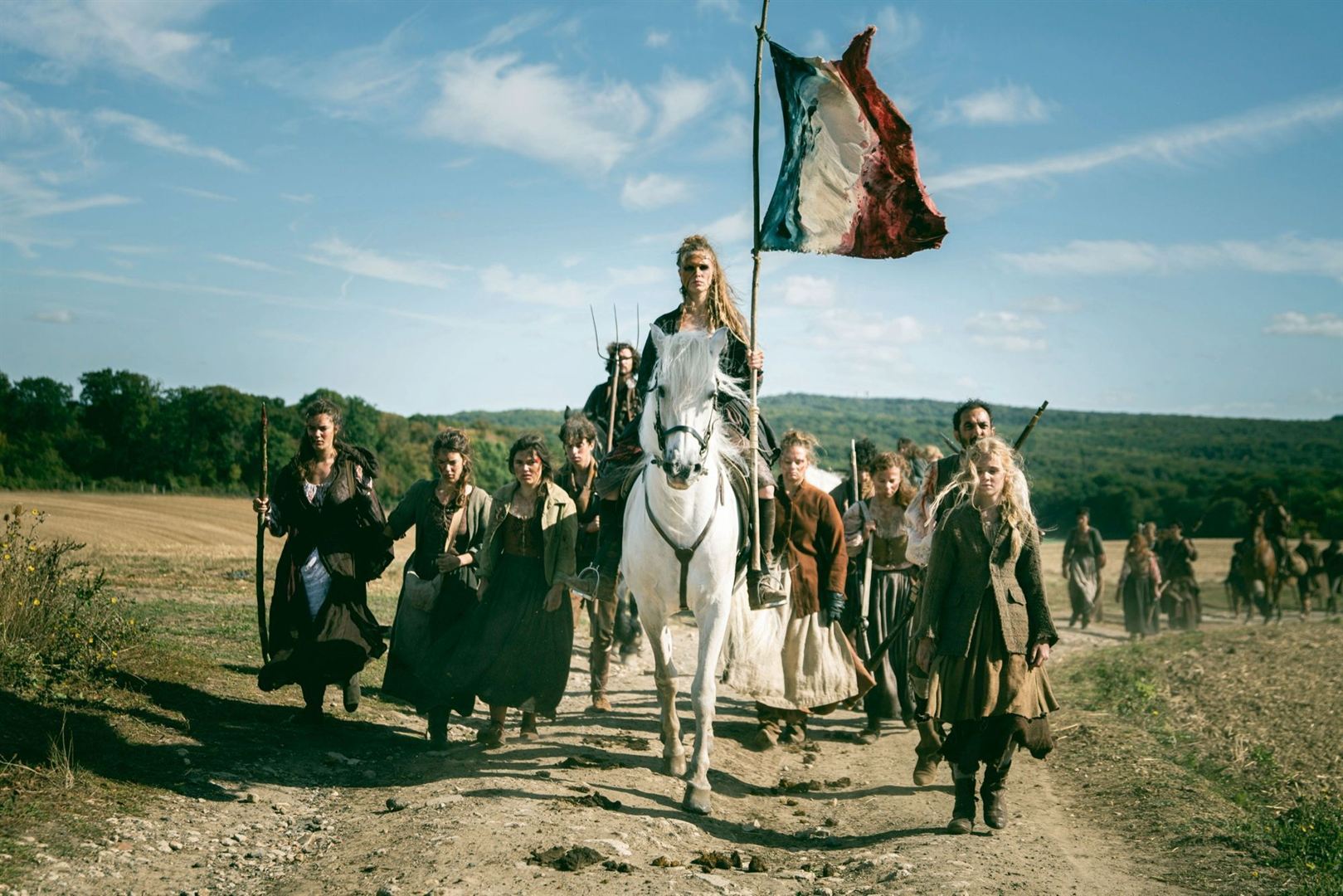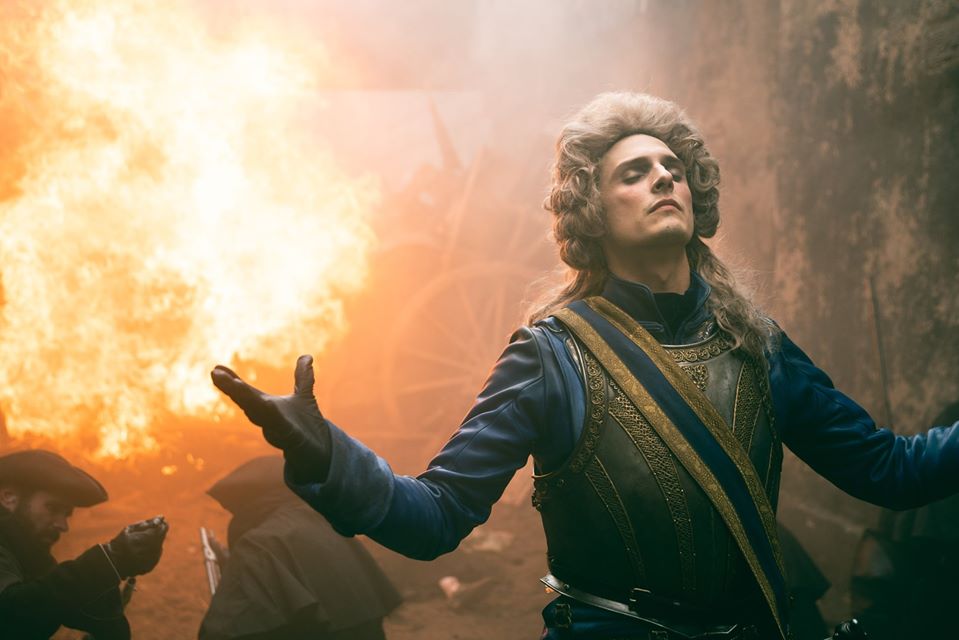French productions are often criticized for lacking ambition, for not innovating enough. Yet the Revolution did. Abused by the press, you have to look at the series as a whole and pay attention to the basic promise, that of telling a story other than the one with a capital H. Indeed, The Revolution plunges us into a history where the nobility and the Third Estate are opposed. Nothing very original on this point, certainly, but here, we bet on a disease, that of blue blood, which gangrenes the nobility. This is the brainchild of authors Aurélien Molas and Gaïa Guasti – who co-wrote the award-winning series at the SeriesMania Une île festival. In The Revolution, the disease of blue blood transforms the contaminated into a kind of living dead – sometimes looking like vampires. They are endowed with an exceptional flair, but also with "extreme aggressiveness, an increase in physical strength". Joseph Guillotin (Amir El Kacem, Hippocrates) investigates this mysterious virus that spreads from one social class to another. Among the nobility, Elise de Montargis (Marilou Aussilloux, Adieu les cons) listens to the nightmarish visions shared with her sister, Madeleine (Amélia Lacquemant). 
Rhythmic weaknesses
Unfortunately, the weakness of The Revolution lies in the often irregular rhythm and in certain scripted arches that are too little exploited. Some characters are also left out despite their potential, like Charles de Montargis (Laurent Lucas, Vernon Subutex). With such a universe, it is obvious that it is necessary to set the scene, which makes the action slow to launch in the first episodes, creating many lengths. It takes two or even three episodes for this first season to really arouse interest. If the beginning of The Revolution suffers from a slow narration, the pace becomes more sustained from the third episode. The suspense finally settles, and we hang on even if we could have stalled from the pilot. 
The Revolution keeps its promise
Without having the desire to make a historical series, featuring historical figures of the French Revolution, the new Netflix creation seeks to suggest that the truth could be found elsewhere. That is, in the disease of blue blood. This postulate is based on Napoleon Bonaparte's famous phrase: "History is a tissue of lies on which we agree". Thus, we are not promised to tell us the story as it happened, but to make an interpretation of it. Indeed, this uchrony, although based on a historical basis, is not intended to enrich our knowledge. There are also anachronisms in the language of the characters. Far be it from us to lynch this series for lack of historical plausibility. The promise is there: it's a fantastic series. 
The cliché of the poor guy and the rich bad guy
Here again, the poor are generally benevolent and revolt against the rich with an excessive lifestyle, who delight in their privileges. This Manichean vision in The Revolution becomes almost simplistic. If the character of Elise de Montargis could qualify this idea, she is the only exception in this model. Donatien de Montargis (Julien Frison – young resident of the Comédie Française) wants to be the very incarnation of the sadistic nobleman whose power rises to the head. This character alone installs a little more suspense in this first season, as he is unpredictable. References to the Revolution are also very first degree, starting with blue blood. Then we have the Fraternity, this group of rebels of the Third Estate "who only take from the nobility" – like Robins Hood but under the Ancien Régime – led by the charismatic Marianne (Gaia Weiss, Vikings). It is assumed that this lack of subtlety allows the symbols to be understood by everyone – including internationally. 
Remarkable aesthetics
On the other hand, the detractors of The Revolution can in no way spit on the aesthetics neat from start to finish. The sets are simply sublime and the costumes have nothing to envy to those of historical series. The play of colors, especially with the tricolor flag, are captivating. The photography, meanwhile, is irreproachable, even in the fight scenes. Finally, there is also nothing to say about the special effects, very well done, deliberately bloody – after all, the series is not recommended for under 16s. Whatever one may say, it is impossible to deny La Révolution its aesthetic success. This series is a provocation, because reinventing history is quit or double. We feel the desire to propose something innovative, and The Revolution is despite the criticism. You have to look at it, without prejudice, and let yourself be carried away to appreciate this aesthetic jewel, deserving to be despite its few weaknesses.



















